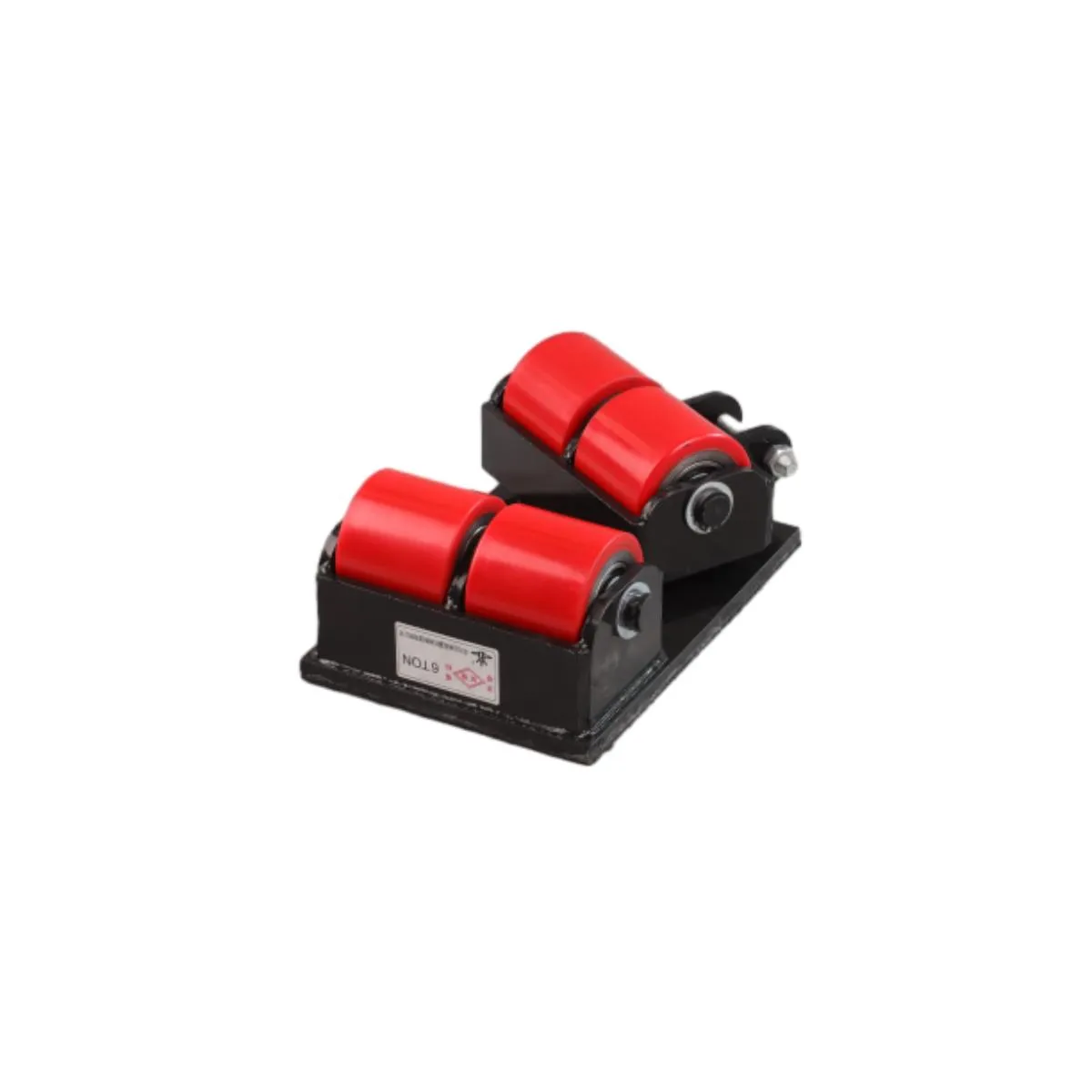Guidelines for Efficient Machinery Moving and Relocation Strategies
Machinery Relocation Understanding the Essentials for Safe and Efficient Movement
Machinery relocation is a critical process within various industries, including manufacturing, construction, and logistics. As businesses grow or change operational strategies, the need to relocate heavy machinery and equipment becomes inevitable. This article outlines the key considerations, planning strategies, and best practices involved in machinery relocation to ensure a seamless transition.
1. Understanding the Importance of Machinery Relocation
The primary purpose of machinery relocation is to enhance operational efficiency. Businesses may relocate equipment to optimize production workflows, expand facilities, accommodate new technologies, or respond to changes in market demand. A successful relocation can minimize downtime, reduce operational costs, and improve productivity, making it a vital aspect of any organization’s operational strategy.
2. Planning the Relocation Process
Effective planning is essential for a successful machinery relocation. This process typically begins with the following steps
- Assessment of Equipment Before any movement occurs, a thorough assessment of the machinery must be conducted. This evaluation includes understanding the dimensions, weight, and operating conditions of the equipment. Safety considerations are paramount, as larger and heavier machines may pose risks during relocation.
- Site Survey Conducting a comprehensive site survey is crucial to identify both the current location and the new site for the machinery. This involves checking accessibility, considering the layout of both sites, and identifying potential hazards that could arise during the move.
- Engineering Requirements In many cases, engineering support is needed to determine if modifications are required to either the equipment or the sites. This can include analyzing structural support, foundation requirements, or assessing the stability of the machinery during transport.
- Timeline and Budget Establishing a realistic timeline and budget is critical. This involves estimating how long the relocation will take, the costs associated with labor, transportation, rigging, and any potential downtime.
3. Engaging Professionals
machinery relocation

While some organizations may have the resources to handle machinery relocation in-house, many choose to engage professional relocation services. These specialists bring expertise in handling heavy machinery, ensuring compliance with safety regulations, and mitigating potential risks. Involving professionals can lead to a smoother process, as they are equipped with the right tools and expertise to manage the physical aspects of relocation.
4. Safety Considerations
Safety is paramount throughout the machinery relocation process. Companies should adhere to strict safety protocols to protect not only the machinery but also the workers involved in the move. Key safety practices include
- Risk Assessments Conducting detailed risk assessments helps identify potential hazards that could arise during the relocation.
- Training Workers All personnel involved in the relocation should be adequately trained on safety procedures and the operation of equipment used in the move.
- Proper Equipment Utilizing the right equipment for lifting and transporting machinery is essential. Cranes, forklifts, and other specialized machinery must be in good working condition and operated by qualified personnel.
5. Post-Relocation Evaluation
After the machinery has been successfully relocated, it is essential to conduct a post-relocation evaluation. This entails checking the functionality and alignment of the equipment in its new location. Ensuring everything is operating correctly can help avoid costly downtime in the future and allows businesses to quickly resume full operational capabilities.
Conclusion
Machinery relocation is a complex but vital process that requires careful planning, professional expertise, and a strong emphasis on safety. By prioritizing these elements, businesses can successfully navigate the challenges of moving heavy equipment, thereby enhancing operational efficiency and positioning themselves for future growth. Whether for expansion, upgrade, or repositioning, understanding and executing a well-thought-out machinery relocation strategy can lead to significant advantages in today’s competitive landscape.
-
Unlock Seamless Relocation with Our Heavy Equipment Moving ExpertiseNewsJun.06,2025
-
Unleash Unrivaled Flexibility with Our Adjustable Gantry CraneNewsJun.06,2025
-
Unleash Heavy-Duty Efficiency with Our Industrial Gantry Crane SolutionsNewsJun.06,2025
-
Revolutionize Steel Handling with Our Magnetic Lifter RangeNewsJun.06,2025
-
Master Equipment Mobility with Premium Machinery Mover SolutionsNewsJun.06,2025
-
Elevate Your Material Handling with Magnetic Lifter TechnologyNewsJun.06,2025
-
YS Permanent Lifting Magnets: The Smarter Way to Handle SteelNewsMay.22,2025
